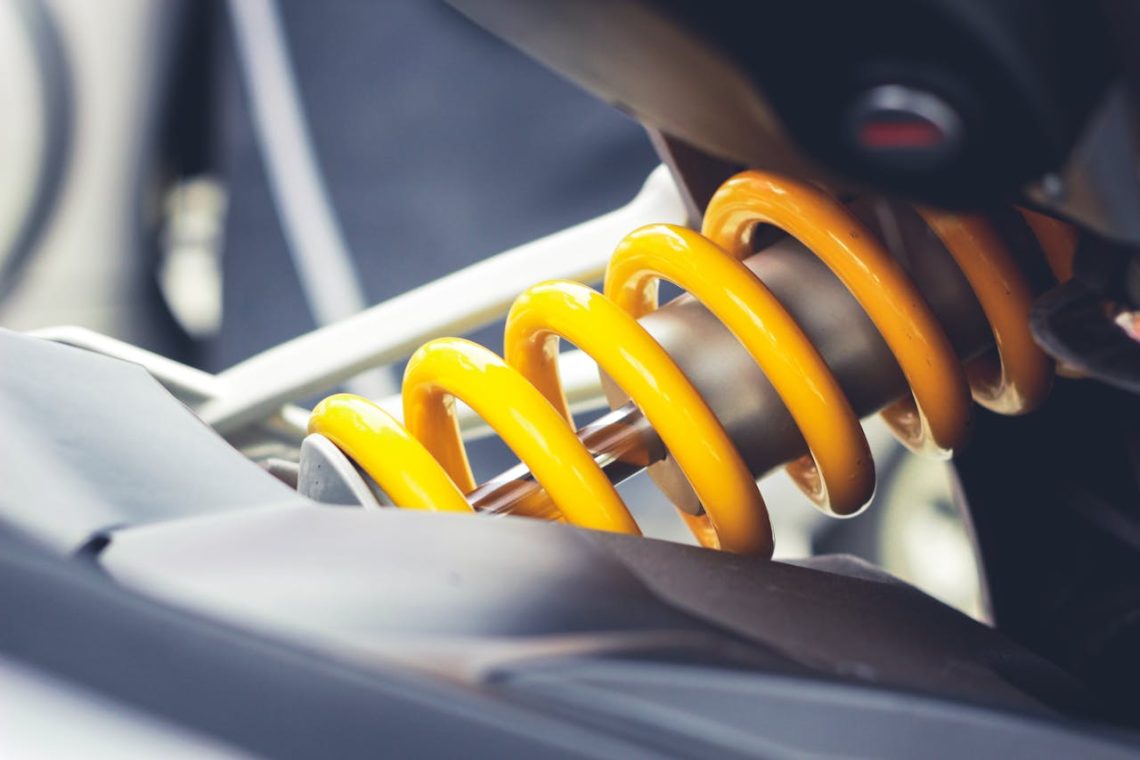Installing a new car spring is a task that can potentially improve your vehicle’s handling, ride comfort, and even its safety margins. Before you begin, it’s important to note that this task requires mechanical knowledge and skill, as well as a set of specific tools. If you’re uncertain about any step in the process, or if you do not have the appropriate tools, it’s best to seek assistance from a professional mechanic. If you are interested in Japanese cars and their technologies, make sure you attend the Japfest 2024.
Safety Precautions
- Wear Safety Gear: Always wear safety goggles and gloves to protect yourself from potential harm.
- Use Proper Equipment: Make sure you have all the necessary and correct tools before you proceed, including car jacks, jack stands, and a spring compressor, which is crucial for this job.
- Never Work Alone: It’s best to have someone with you when performing such tasks for additional safety support.
Required Tools and Materials
- New car springs
- Jack and jack stands
- Tire iron or impact wrench
- Spring compressor
- Wrench set and ratchets
- Lubricant spray (optional)
Steps to Replace a Car Spring
Step 1: Prepare the Vehicle
- Park your car on a level, stable surface and apply the handbrake.
- Loosen the lug nuts on the wheels using a tire iron or impact wrench without completely removing them.
- Use the car jack to lift the vehicle and securely place jack stands where appropriate to support the car. Never rely solely on the jack to hold the car up while you are working.
- Remove the wheels to access the car springs.
Step 2: Access the Spring
- Locate the spring assembly which is typically part of the strut in modern vehicles.
- Using your tools, remove any components obstructing access to the spring, such as the brake line or sway bar link attachments.
- Unbolt the strut assembly from the steering knuckle or hub assembly.
Step 3: Compress the Spring
- Attach the spring compressor evenly to the spring, following the manufacturer’s instructions carefully.
- Compress the spring until it’s loose in the strut assembly. This step is critical – compressed springs carry a lot of potential energy, and improper handling can be extremely dangerous.
Step 4: Remove the Old Spring
- Remove the top nut of the strut assembly which holds the strut mount to the strut spring.
- Carefully release the compressed spring by loosening the spring compressor until the spring can be removed safely.
- Take out the old spring and set it aside.
Step 5: Install the New Spring
- Place the new spring onto the strut assembly. Make sure it seats correctly on the strut.
- Re-compress the new spring with the spring compressor.
- Replace the strut top mount and nut but don’t fully tighten just yet.
Step 6: Reassemble the Strut
- Carefully decompress the new spring, ensuring that it seats properly into the strut as tension is released.
- Once fully decompressed, tighten the top strut mount nut to the manufacturer’s specifications.
- Reattach the strut to the hub assembly and replace any components removed earlier.
Step 7: Reattach the Wheel
- Put the wheel back on and hand-tighten the lug nuts.
- Lower the car off the jack stands using the car jack.
- Torque the lug nuts to the manufacturer’s specifications using the tire iron or impact wrench.
Step 8: Final Inspection
- Inspect the area around the installation to ensure all parts and tools have been removed and all fasteners are secure.
- Test the vehicle’s suspension by pushing down on the bumper. It should feel firm and rebound without excess bouncing.
Step 9: Testing
- Test drive the car at low speed in a safe area to make sure everything is working as expected.
- Listen for any unusual noises that could indicate a problem with the installation.
Conclusion
Installing a car spring is a detailed and potentially hazardous process that requires the right tools and expertise. If properly executed, it can greatly enhance the performance of your vehicle’s suspension system. Always consult your vehicle’s service manual for specific instructions and torque specifications related to your model. If you’re not confident in completing the task safely and effectively, it is highly recommended to get professional assistance.
Remember to always follow safety best practices when working on a vehicle, and never sacrifice safety for the sake of saving time or money.





